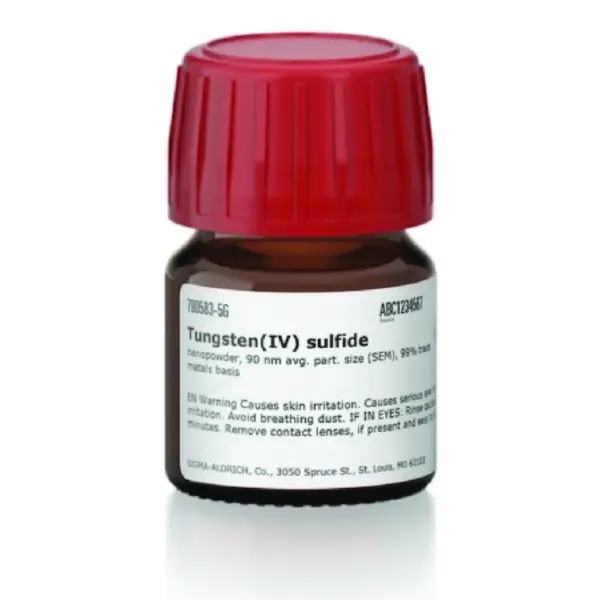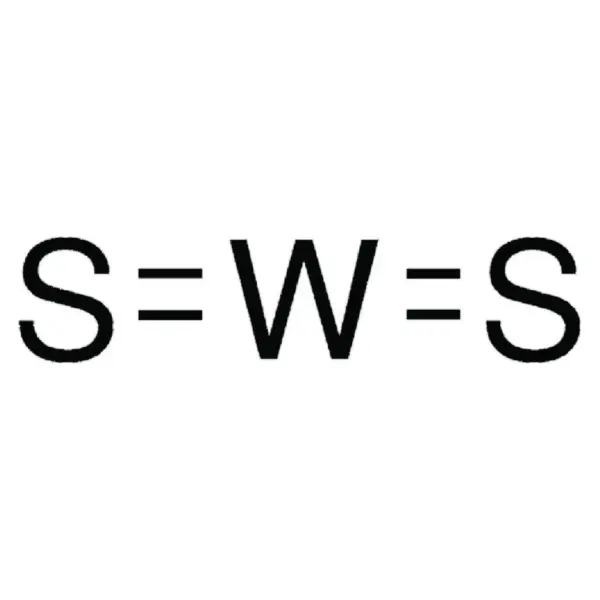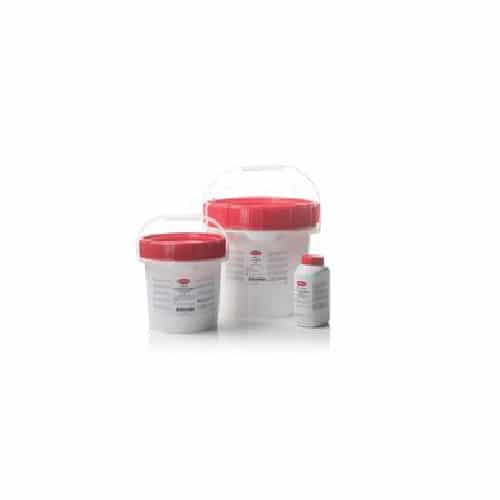
Tryptose Blood Agar Base 500g
RM555.00Brand:
Thermo ScientificTM OxoidTM
Cultivate and isolate fastidious microorganisms and determine their hemolytic reactions using Thermo Scientific™ Oxoid™ Tryptose Blood Agar Base (Dehydrated) with supplementation of blood. This highly nutritious medium is specially developed by Casman for the preparation of a blood agar which will support the growth of many fastidious organisms.
The original formulation included 0.3g dextrose per litre which interfered with the hemolytic reactions. It is now used without dextrose as a standard medium.
Tryptose Blood Agar Base (Dehydrated), Oxoid Composition
| Typical Formula* |
gm/litre |
| Tryptose |
10.0 |
| `Lab-Lemco’ powder |
3.0 |
| Sodium chloride |
5.0 |
| Agar |
12.0 |
| pH 7.2 ± 0.2 @ 25°C |
|
Tryptose Blood Agar Preparation:
Suspend 30g in 1 litre of distilled water. Bring to the boil to dissolve completely. Sterilise by autoclaving at 121°C for 15 minutes.
For blood agar, cool the basal medium to 45-50°C and add 7% of sterile blood. Mix thoroughly, taking care to avoid incorporation of air bubbles, and dispense into Petri dishes or other containers.
Storage conditions and Shelf life
Store the dehydrated medium at 10-30°C and use before the expiry date on the label.
Store the prepared plates of medium at 2-8°C.

Tryptose Phosphate Broth 500g
RM492.00Brand:
Thermo ScientificTM OxoidTM
Tryptose Phosphate Broth is recommended for the cultivation of streptococci, pneumococci, meningococci and other fastidious organisms. Tryptose Phosphate Broth with added agar and sodium azide is recommended for the isolation of pathogenic streptococci from cheese and other dairy products.
Tube Racks
Brand:
Biologix
This item is not available at the moment. Please contact us for more information.
Characteristics
● Made of high quality medical grade polypropylene
● 50-well racks hold 15ml centrifuge tubes
● 25-well racks hold 50ml centrifuge tubes
● Sturdy design keeps tubes upright
● 25-well racks hold 50ml centrifuge tubes’:
●Microtube racks hold 1.5/2ml microcentrifuge tubes

Tungsten carbide, nanopowder, hexagonal, 150-200 nm – Sigma-Aldrich
RM610.00Brand:
Sigma-Aldrich
Synonyms
Tungsten(IV) carbide, Tungsten monocarbide, Wolfram carbide
Cas No.
12070-12-1
Application
Tungsten carbide is a well studied structural material with applications in coatings; composites and supports in heterogeneous catalysis. Tungsten carbide nanoparticles have been studied in wear resistant functional coatings as well as resilient composites
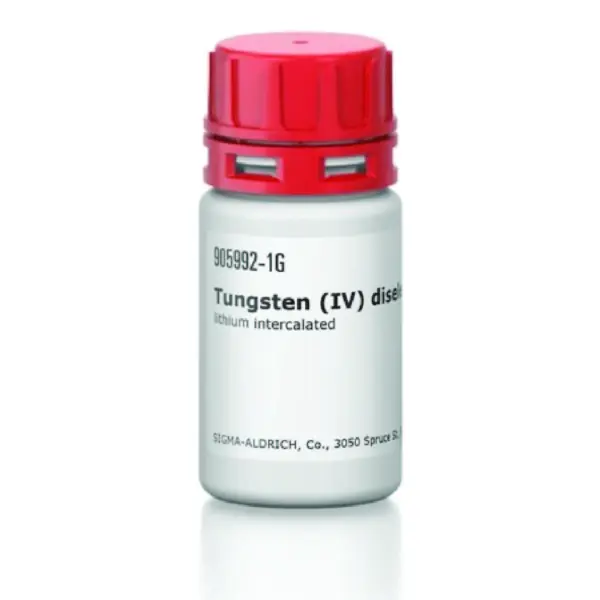
Tungsten diselenide, lithium intercalated – Sigma-Aldrich
RM2,094.00Brand:
Sigma-Aldrich
Synonyms
Tungsten (IV) diselenide
Cas No.
182482-86-6
General description
Tungsten (IV) diselenide is a p-type 2D semiconducting transition metal dichalcogenide (TMD) with an energy bandgap of 1-2 eV. It can be used in the fabrication of optoelectronic devices.
Application
Tungsten (IV) diselenide can be used for a variety of applications such as fiber laser, heterojunction solar cells, and lithium batteries.
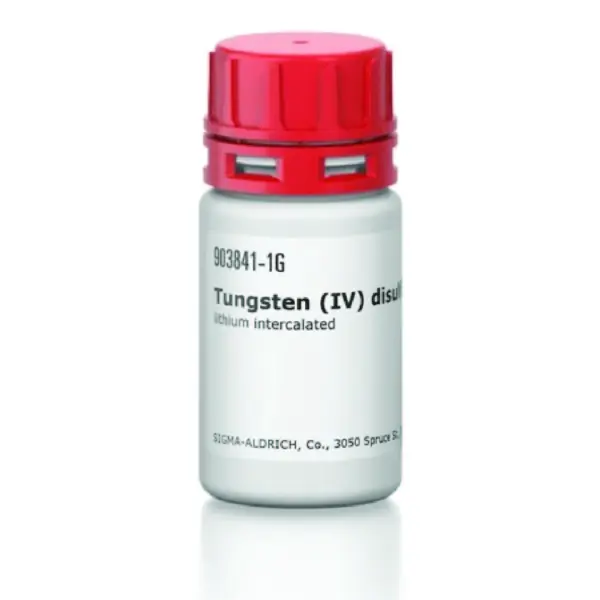
Tungsten disulfide, lithium intercalated – Sigma-Aldrich
RM1,982.00Brand:
Sigma-Aldrich
Synonyms
LiWS2, Lithium intercalated 2D-Tungsten disulfide, Lithium intercalated tungsten sulfide, Tungsten (IV) disulfide, WS2Li
Cas No.
182482-83-3
Application
Tungsten (IV) disulfide is a transition metal dichalcogenide that is a layered semiconductor that can be used as an anode material for lithium ion batteries by atomic layered deposition (ALD). It can also be used in potential applications in photovoltaic solar cells (PSCs) or lubricants.
Tungsten disulfide, nanopowder, 90 nm avg. part. size (SEM) – Sigma-Aldrich
RM541.00Brand:
Sigma-Aldrich
Synonyms
Monotungsten disulfide, Tungsten disulfide, Tungsten(IV) sulfide
Cas No.
12138-09-9
Application
Tungsten sulfide possesses a pseudo 2 dimensional structure with applications in the Petrochemical industry as a desulfurization catalyst. Tungsten Sulfide nanoparticles have drawn research interest due to their potential in solid-state lubricants; coatings and photocatalysts.
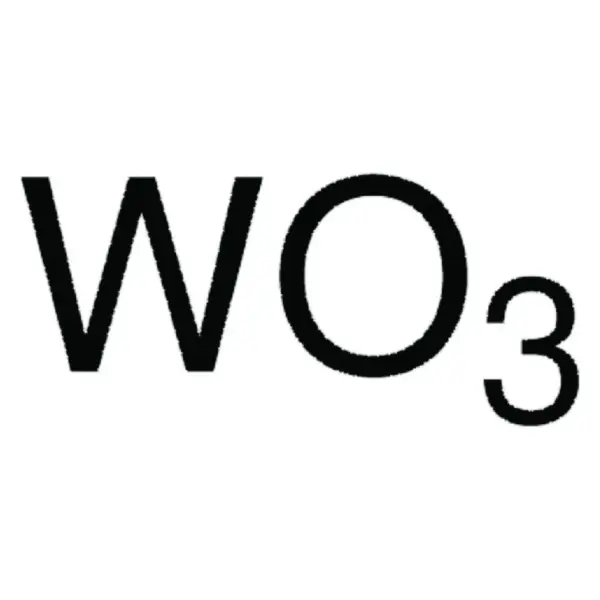
Tungsten(VI) oxide, nanowires, diam. × L ~50 nm × 10 μm – Sigma-Aldrich
RM932.00Brand:
Sigma-Aldrich
Synonyms
Tungsten oxide, Tungsten trioxide, Tungsten trioxide nanowires, Tungstic oxide, Tungstic anhydride
Cas No.
1314-35-8
Application
Tungsten oxide nanowires have been extensively studied as electrochromics; gas sensors and battery materials
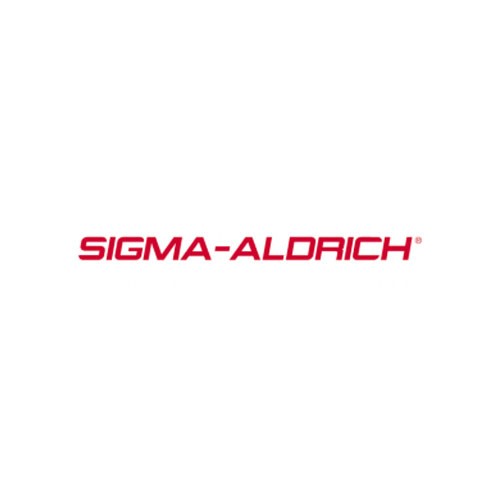
TWEEN® 20 (Sigma-Aldrich)
Price range: RM214.00 through RM249.00Brand:
Sigma-Aldrich
Description
CAS number: 9005-64-5
Suitability: Suitable for DNA extraction, RNA extraction, cell culture and protein purification
Synonym: Polyethylene glycol sorbitan monolaurate, Polyoxyethylenesorbitan monolaurate
General description
Tween®20 is a polyoxyethylene sorbitol ester that belongs to the polysorbate family. It is a nonionic detergent having a molecular weight of 1,225 daltons, assuming 20 ethylene oxide units, 1 sorbitol, and 1 lauric acid as the primary fatty acid. The ethylene oxide subunits are responsible for the hydrophilic nature of the surfactant, while the hydrocarbon chains provide the hydrophobic environment. Sorbitol forms the backbone ring to which the ethylene oxide polymers are attached.
Application
TWEEN 20 has been used as a component of:
• washing buffer and blocking buffer in Western blotting
• blocking buffer in immunohistochemistry
• washing buffer in ELISA (enzyme-linked immunosorbent assay)
• reaction mixture in PCR (polymerase chain reaction)
• emulsifying agent for the preparation of stable oil-in-water emulsions.
• pre-extraction of membranes to remove peripheral proteins (used at 2% for extraction of membrane-bound proteins)
• blocking agent for membrane-based immunoassays at a typical concentration of 0.05%
• lysing mammalian cells at a concentration of 0.005 to 0.5%

TWEEN® 20 BioXtra (Sigma-Aldrich)
RM268.00Brand:
Sigma-Aldrich
Description
CAS number: 9005-64-5
Suitability: Suitable for blocking, cell culture, hybridization, protein purification, transformation
Synonym: Polyethylene glycol sorbitan monolaurate, Polyoxyethylenesorbitan monolaurate
General description
Tween®20 is a polyoxyethylene sorbitol ester that belongs to the polysorbate family. It is a nonionic detergent having a molecular weight of 1,225 daltons, assuming 20 ethylene oxide units, 1 sorbitol, and 1 lauric acid as the primary fatty acid. The ethylene oxide subunits are responsible for the hydrophilic nature of the surfactant, while the hydrocarbon chains provide the hydrophobic environment. Sorbitol forms the backbone ring to which the ethylene oxide polymers are attached.
Application
TWEEN 20 is a non-ionic detergent that has been used in a variety of applications, including:
- Post-hybridization wash buffer after in situ hybridization.
- Used along with PBS (phosphate-buffered saline) as the washing buffer for ELISA and immunostaining.
- Acted as an emulsifying agent for the preparation of stable oil-in-water emulsions
- Used in pre-extraction of membranes to remove peripheral proteins (used at 2% for extraction of membrane-bound proteins).
- Acted as a blocking agent for membrane-based immunoassays at a typical concentration of 0.05%.
- Used for lysing mammalian cells at a concentration of 0.005 to 0.5%.
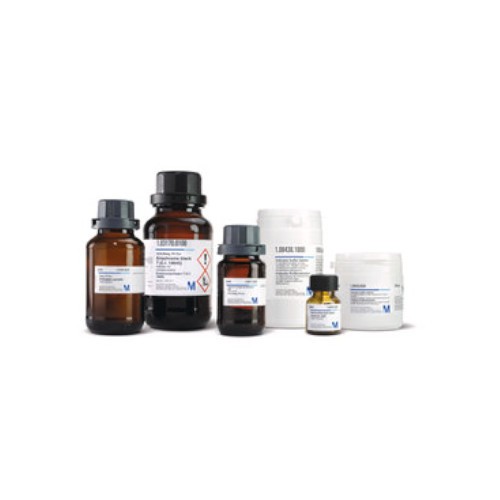
TWEEN® 20 Detergent (Merck)
RM417.00Brand:
Merck
Description
CAS number: 9005-64-5
Synonyms: Polysorbate 20, Polyoxyethylene (20) sorbitan monolaurate, PEG(20)sorbitan monolaurate
Form: Pale yellow liquid
Non-ionic detergent used for immunoprecipitation and for the solubilization of membrane-bound proteins.
Product Specification and MSDS for TWEEN® 20 Detergent (Merck).

TWEEN® 20 for Molecular Biology (Sigma-Aldrich)
RM273.00Brand:
Sigma-Aldrich
Description
CAS number: 9005-64-5
Suitability: Suitable for molecular biology
Synonym: Polyethylene glycol sorbitan monolaurate, Polyoxyethylenesorbitan monolaurate
General description
Tween®20 is a polyoxyethylene sorbitol ester that belongs to the polysorbate family. It is a nonionic detergent having a molecular weight of 1,225 daltons, assuming 20 ethylene oxide units, 1 sorbitol, and 1 lauric acid as the primary fatty acid. The ethylene oxide subunits are responsible for the hydrophilic nature of the surfactant, while the hydrocarbon chains provide the hydrophobic environment. Sorbitol forms the backbone ring to which the ethylene oxide polymers are attached.
Application
TWEEN 20 is a non-ionic detergent that widely used in biochemical applications. It has been used:
• As an emulsifying agent for the preparation of stable oil-in-water emulsions
• In pre-extraction of membranes to remove peripheral proteins (used at 2% for extraction of membrane-bound proteins)
• As a blocking agent for membrane-based immunoassays at a typical concentration of 0.05%
• For lysing mammalian cells at a concentration of 0.005 to 0.5%
• Along with PBS in the dilution of antibodies in immunohistochemistry technique
• For washing cells in FISH (Fluorescence in situ hybridization) technique

TZP110 Piperacillin/Tazobactam
RM0.00Brand:
Thermo ScientificTM OxoidTM

TZP85 Piperacillin/Tazobactam
RM0.00Brand:
Thermo ScientificTM OxoidTM

Ub30 Flumequine
RM83.00Brand:
Thermo ScientificTM OxoidTM

Universal Beer Agar 500g
RM0.00Brand:
Thermo ScientificTM OxoidTM
**This product is not available at the moment. Please contact us for more information.
Oxoid Universal Beer Agar is used for the isolation of beer spoilage microorganisms.
Universal Beer Agar, Oxoid Composition
| Typical Formula* |
gm/litre |
| Peptonised milk |
15.0 |
| Yeast extract |
6.1 |
| Glucose |
16.1 |
| Tomato supplement |
12.2 |
| Dipotassium hydrogen phosphate |
0.31 |
| Potassium dihydrogen phosphate |
0.31 |
| Sodium chloride |
0.006 |
| Iron (II) sulphate † |
0.006 |
| Manganese (II) sulphate |
0.006 |
| Magnesium sulphate |
0.12 |
| Agar |
12.0 |
| pH 6.1 ± 0.2 @ 25°C |
Universal Beer Agar, Oxoid Preparation:
Suspend 62g in 750ml of distilled water and bring to the boil to dissolve completely. Add 250ml beer, without degassing, to the hot medium and mix gently. Distribute into final containers and sterilise by autoclaving at 121°C for 10 minutes.
Storage conditions and Shelf life
Store the dehydrated medium at 10-30°C and use before the expiry date on the label.
Store the prepared medium at 2-8°C.
Precautions
When handling cycloheximide observe the precautions to be taken under HAZARDS.
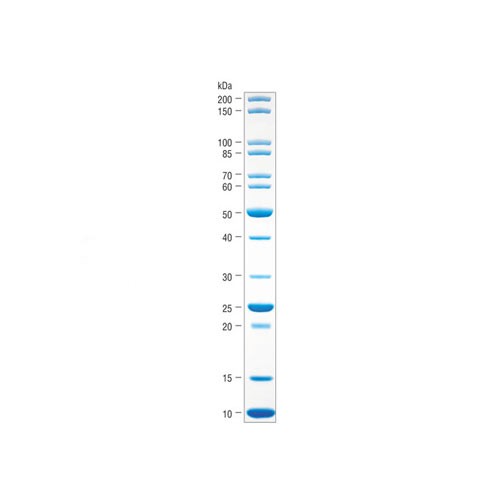
Unstained Protein Standard, Broad Range (10-200 kDa)
Brand:
New England Biolabs
This product is a direct replacement of NEB# P7704 (Unstained Protein Standard, Broad Range 10-200 kDa).
The Unstained Protein Standard, Broad Range is a mixture of highly pure, recombinant proteins that resolves into 13 sharp bands from 10-200 kDa when electrophoresed and stained with Coomassie Brilliant Blue R-250 or other commercially available, ready-to-use protein stains.
– Allows accurate molecular weight determination when performing SDS-PAGE analysis.
– Direct loading, additional loading buffer and heat incubation not required
– Recombinant proteins with no detectable protease contaminating activities
– Optimal stability for up to 24 months

Urea Agar Base 500g, Oxoid
RM476.00Brand:
Thermo ScientificTM OxoidTM
Oxoid Urea Agar Base (Christensen Agar Base) is used for detection of urease-producing microorganisms.
Urea Agar Base, Oxoid Composition
| Typical Formula* |
gm/litre |
| Peptone |
1.0 |
| Glucose |
1.0 |
| Sodium chloride |
5.0 |
| Disodium phosphate |
1.2 |
| Potassium dihydrogen phosphate |
0.8 |
| Phenol red |
0.012 |
| Agar |
15.0 |
| pH 6.8 ± 0.2 |
|
Urea Agar Preparation:
Suspend 2.4g in 95ml of distilled water. Bring to the boil to dissolve completely. Sterilise by autoclaving at 115°C for 20 minutes. Cool to 50°C and aseptically introduce 5ml of sterile 40% Urea Solution SR0020. Mix well, distribute 10ml amounts into sterile containers and allow to set in the slope position.
Storage conditions and Shelf life
Store the dehydrated medium at 10-30°C and use before the expiry date on the label.
Store the prepared medium at 2-8°C.
Precautions
The alkaline reaction produced in this medium after prolonged incubation may not be caused by urease activity. Check using medium without urea.
Do not heat or reheat the medium because urea decomposes very easily.
For the detection of urease-positive Proteae the reaction must be read within the first 2-5 hours of incubation.

Urea Broth Base 500g
RM447.00Brand:
Thermo ScientificTM OxoidTM
Oxoid Urea Broth Base (Christensen Broth Base) is used for the detection of urease producing microorganisms.
Urea Broth Base, Oxoid Composition
| Typical Formula* |
gm/litre |
| Peptone |
1.0 |
| Glucose |
1.0 |
| Sodium chloride |
5.0 |
| Disodium phosphate |
1.2 |
| Potassium dihydrogen phosphate |
0.8 |
| Phenol red |
0.004 |
| pH 6.8 ± 0.2 |
|
Urea Broth Preparation:
Add 0.9 g to 95 ml of distilled water. Sterilise by autoclaving at 115°C for 20 minutes. Cool to 55°C and aseptically introduce 5 ml of sterile 40% Urea Solution SR0020. Mix well and distribute 10 ml amounts into sterile containers.
Storage conditions and Shelf life
Store the dehydrated medium at 10-30°C and use before the expiry date on the label.
Store the prepared medium at 2-8°C.
Precautions
It is preferable that the medium be used on the day of preparation. If not, examine the tubes carefully to ensure sterility.
After overnight incubation other members of the Enterobacteriaceae may show alkaline reactions.
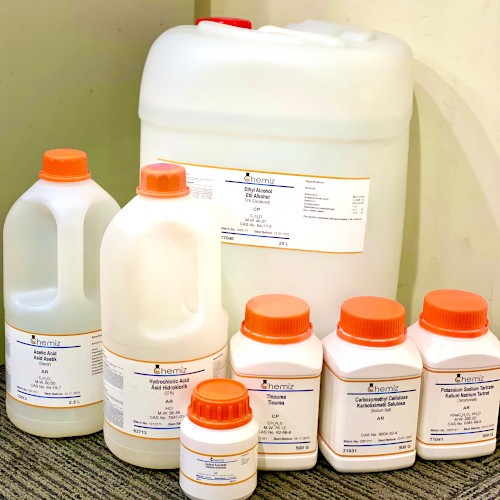
Urea CP, 500g
RM27.00Brand:
Chemiz
Description
Synonyms: Carbamide
Formula: NH2CONH2
Urea is a raw material used in the manufacture of many chemicals such as plastics and adhesives. It is highly soluble and has a pKa of almost 0.
Note:
AR: Analitycal Reagent Grade: Reagents for analytical purpose or research work that need high purity.
CP: Chemically Pure Grade: Reagents for regular practical in its original purity.
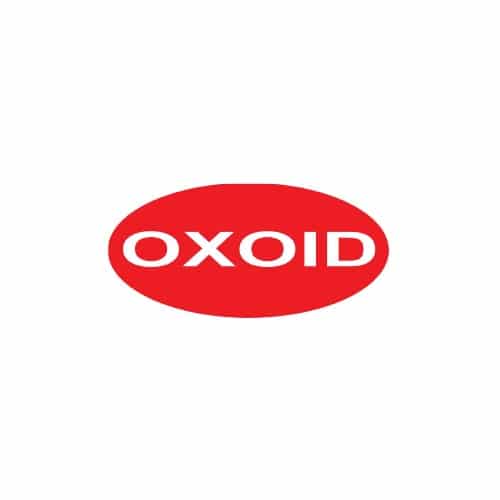
V.C.N. Selective Supplement 1 x 10 Vials
RM0.00Brand:
Thermo ScientificTM OxoidTM
This product has been discontinued. Please contact us for more information.
Oxoid VCN Selective Supplement is used for the preparation of Thayer Martin Medium for the isolation of pathogenic Neisseria spp.
- Add to GC Agar Base, Part No. CM0367B
- Each vial supplements 500mL of medium
VCN Selective Supplement, Oxoid Composition
| Vial contents (each vial is sufficient for 500ml of medium) | |
| Vancomycin |
1.5 mg |
| Colistin sulphate |
3.75 mg |
| Nystatin |
6,250 IU |
VCN Selective Medium Preparation:
Reconstitute one vial as directed, aseptically add the contents to 500 ml of sterile Thayer Martin Medium, cooled to 50°C, prepared from GC Agar Base CM0367, 1% (w/v) Soluble Haemoglobin Powder LP0053 plus the rehydrated contents of one vial of Vitox SR0090. Mix gently and pour into sterile Petri dishes.
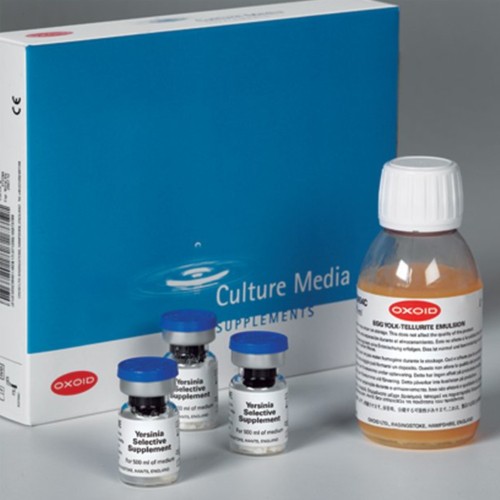
V.C.N.T. Selective Supplement 1 x 10 Vials
RM631.00Brand:
Thermo ScientificTM OxoidTM
Oxoid VCNT Selective Supplement is used for the preparation of Thayer Martin Medium for the isolation of pathogenic Neisseria spp.
- Add to GC Agar Base, Part No. CM0367B
VCNT Selective Supplement, Oxoid Composition
| Vial contents (each vial is sufficient for 500ml of medium) | |
| Vancomycin | 1.5mg |
| Colistin sulphate | 3.75mg |
| Nystatin | 6,250 IU |
| Trimethoprim | 2.5mg |
VCNT Selective Medium Preparation:
Aseptically add 2ml of sterile distilled water to one vial mix gently to dissolve the powder completely. Aseptically add the contents of one vial to 500ml of sterile Thayer Martin Medium, cooled to approximately 50°C, prepared from GC Agar Base CM0367, 1% (w/v) Soluble Haemoglobin Powder LP0053 and the rehydrated contents of one vial of Vitox SR0090.

V.R.B.A. (IDF) 500g
RM571.00Brand:
Thermo ScientificTM OxoidTM
Isolate and enumerate coliforms in food, animal feed and environmental samples with Thermo Scientific™ Oxoid™ Violet Red Bile Lactose Agar (VRBL) (ISO) (Dehydrated), while adhering to ISO 4832:2006 and ISO/TS 11133-2:2003. Due to the careful addition of selective inhibitory components, neutral red, crystal violet, and bile salts, the medium provides selectivity against non-target Gram-positive bacteria.
Violet Red Bile Lactose Agar (VRBL) (ISO) (Dehydrated), Oxoid Composition
| Typical Formula* |
gm/ litre |
| Peptone |
7.0 |
| Yeast extract |
3.0 |
| Bile salts No. 3 |
1.5 |
| Sodium chloride |
5.0 |
| Neutral red |
0.03 |
| Crystal violet |
0.002 |
| Lactose |
10.0 |
| Agar |
12.0 |
| pH 7.4 ± 0.2 @ 25°C |
Violet Red Bile Lactose Agar (VRBL) (ISO) (Dehydrated), Oxoid Preparation:
Suspend 38.5g of VRBL Agar (ISO) dehydrated medium in 1 litre of distilled water. Bring to the boil while mixing. Continue to boil for up to 2 minutes or for the minimum time necessary to dissolve completely. DO NOT AUTOCLAVE. Cool to 44-47°C and use within 4 hours. Mix well before pouring.
Storage conditions and Shelf life
VRBL Agar (ISO) should be stored in the tightly capped original container at 10-30°C. When stored as directed, the un-opened product will remain stable until the expiry date printed on the packaging.
Locally prepared VRBL Agar (ISO) plates can be stored for up to 2 weeks when made from CM0968 according to the manufacturer’s instructions and stored at 2-8°C, out of direct sunlight. A longer shelf life may be attainable, but should be validated under the relevant, local manufacturing and storage conditions.
Precautions
VRBL Agar (ISO) should be prepared, cooled to 44-47°C and used within 4 hours.
VRBL Agar (ISO) is for laboratory use only. Do not use the dehydrated medium beyond the stated expiry date or if the product shows any sign of deterioration.


